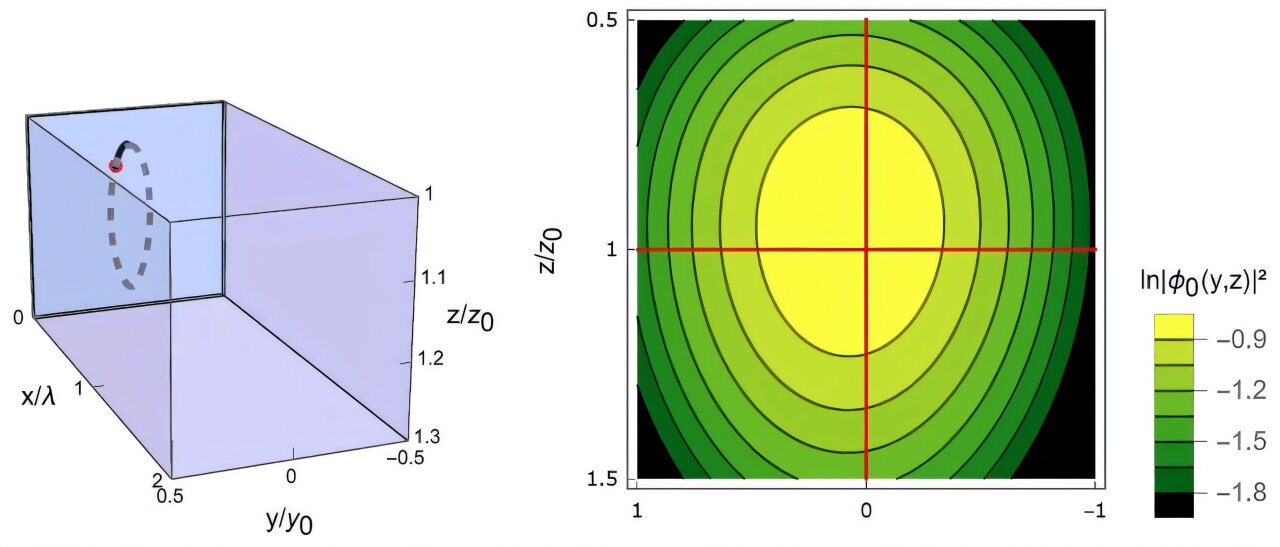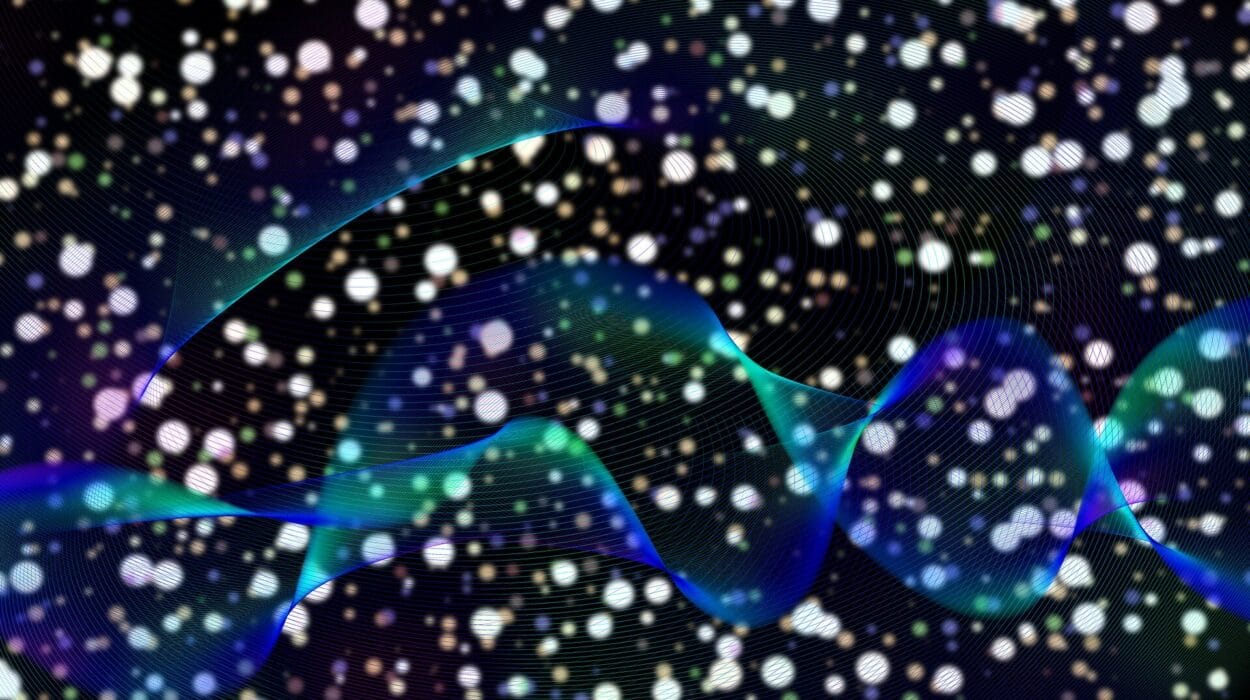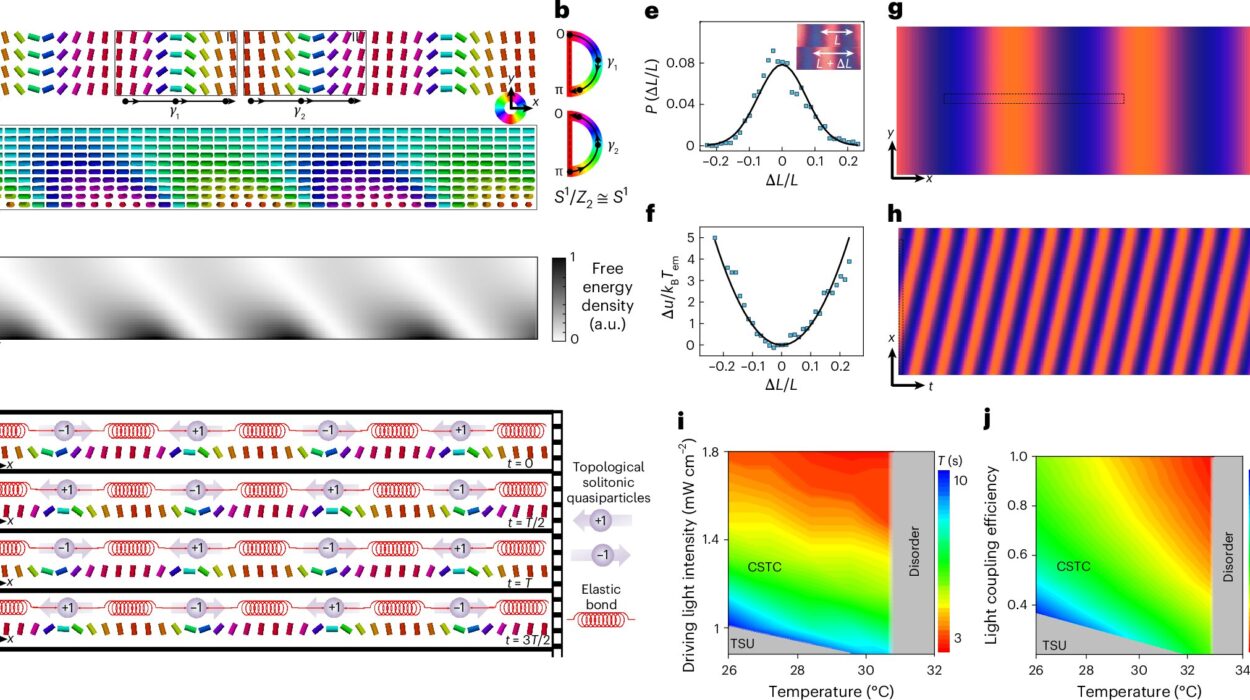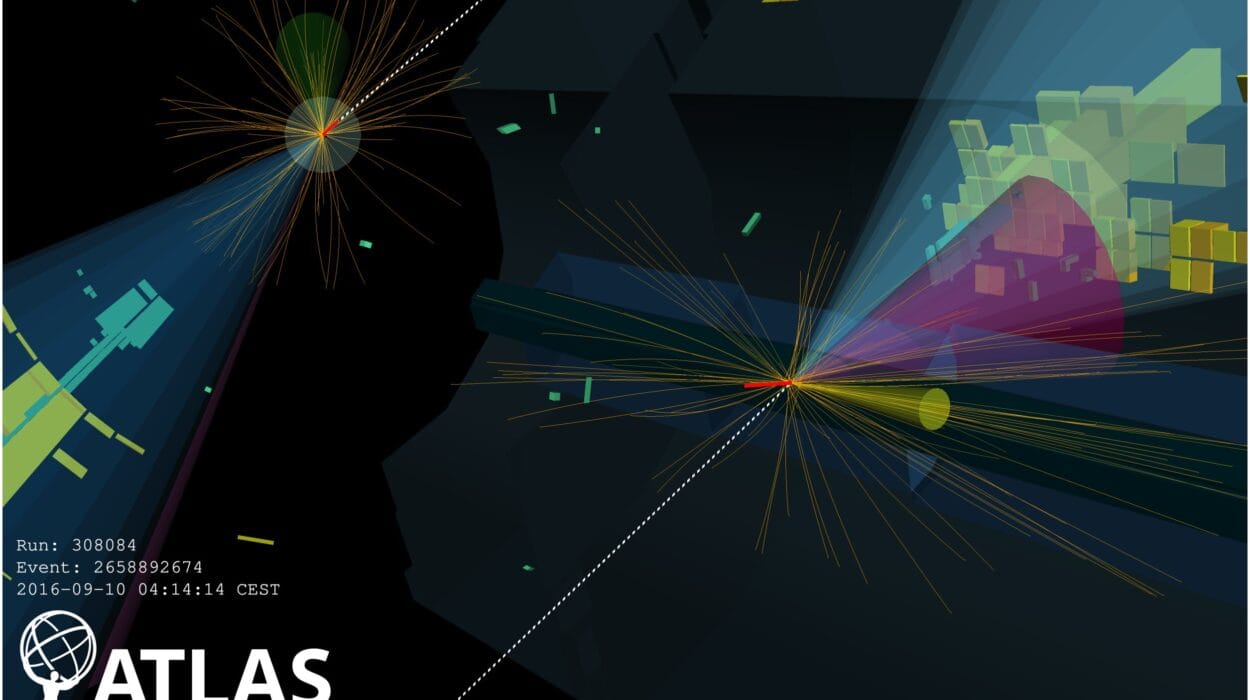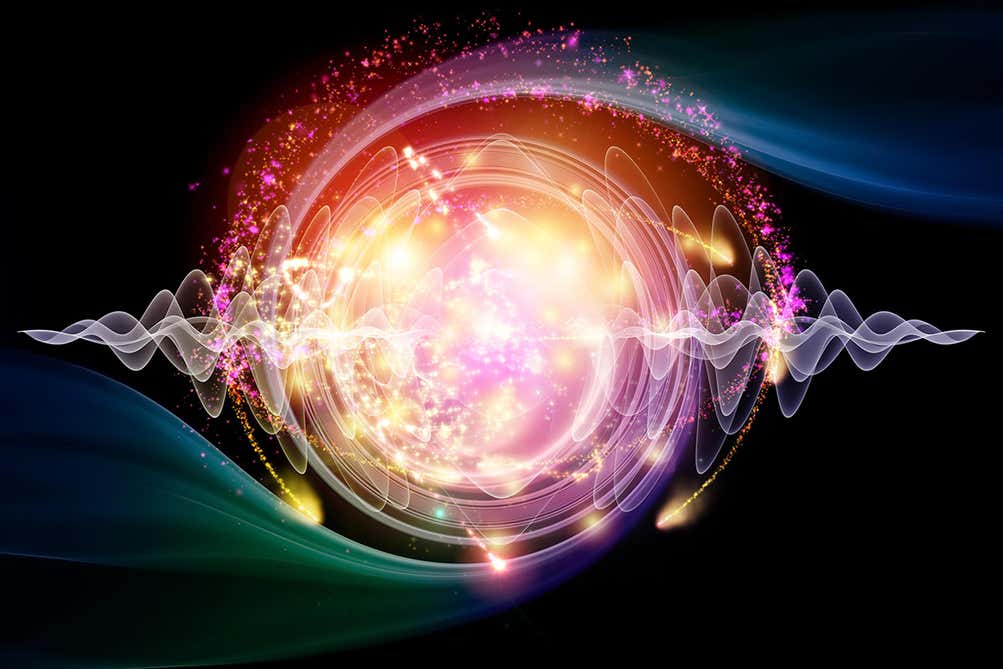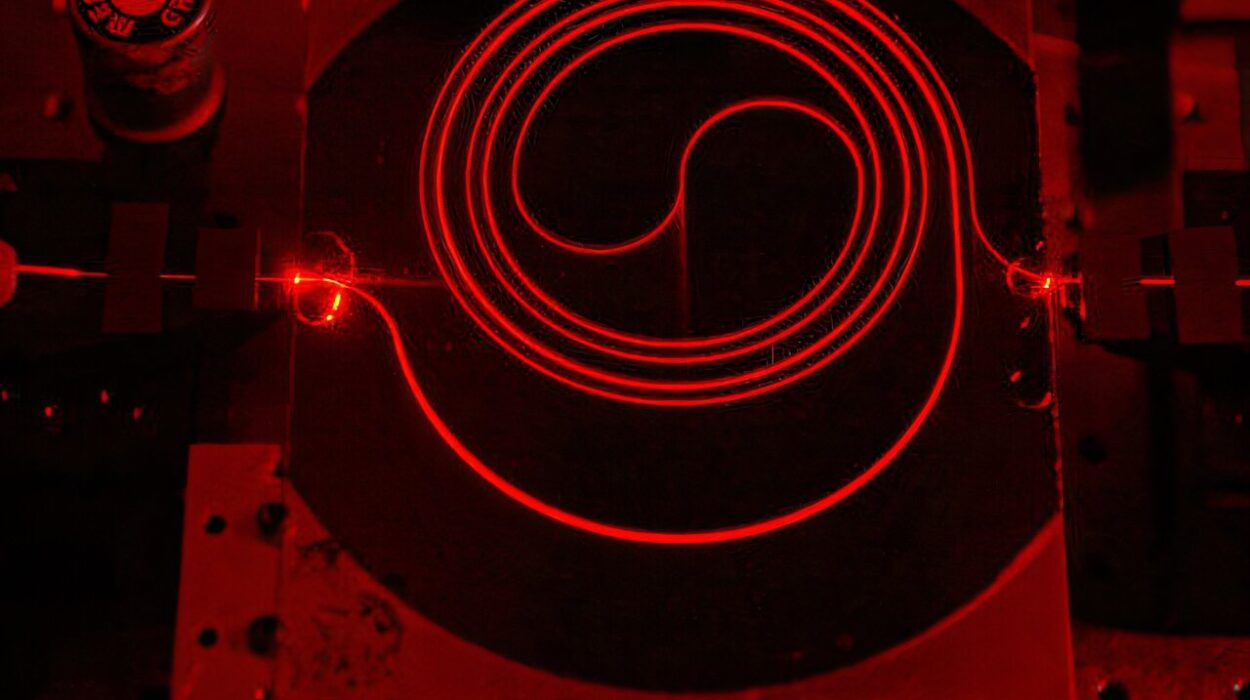Long before the modern buzzwords of quantum computing and spintronics, a quiet revolution was brewing in the late 1990s in laboratories thousands of miles apart. Chemists Ron Naaman at the Weizmann Institute and David Waldeck at the University of Pittsburgh were chasing a strange signal: electrons behaved differently when passing through spiral-shaped molecules. These chiral molecules—twisting either left or right—somehow filtered electrons by their spin, a quantum property that has no counterpart in classical physics.
At first, the effect seemed too small to matter—so subtle that it was largely dismissed. But in 1999, when the researchers studied organized films of these molecules instead of isolated ones, the asymmetry exploded to 10–20%, a thousandfold increase. Suddenly, what had been a curiosity became a mystery with enormous implications. This phenomenon, now known as the chiral-induced spin selectivity (CISS) effect, has since appeared across biology—from photosynthesis to respiration—but its underlying mechanism has remained stubbornly out of reach.
Now, more than two decades later, researchers are finally taking a quantum leap forward. In a new study published in Science Advances, a team led by Jeremy Levy at the University of Pittsburgh has developed a reprogrammable nanoscale platform that mimics the geometric complexity of chiral systems—offering the first real opportunity to test the deep quantum theories behind the CISS effect.
It’s not just an engineering breakthrough. It’s a shift in how scientists investigate some of nature’s most profound secrets, and a powerful example of how the second quantum revolution is blurring the boundaries between physics, chemistry, and biology.
A Molecular Mystery Written in Spin
To understand the excitement, one must return to the original paradox. Electron spin is an inherently quantum phenomenon—something like a top spinning either clockwise or counterclockwise. In ordinary materials, spin usually doesn’t matter much. But in chiral molecules, the geometry seems to play favorites. One spin orientation flows more easily through right-handed spirals, the other through left-handed ones.
This discovery shocked physicists and chemists alike. After all, the biological environments where CISS was observed—warm, wet, messy—are generally where delicate quantum effects fade away. Even stranger, the molecules involved were often far longer than the distance over which electron spins are supposed to stay coherent.
Yet somehow, life seemed to exploit a deeply quantum behavior that defied classical expectations.
For over 20 years, researchers have tried to crack the code. But progress has been slow, not because of lack of ideas, but because of lack of tools. Molecular systems are fiendishly complex—vibrations, environmental noise, structural dynamics all blur the data. Theoretical models remain untested. Until now.
Sculpting Electrons with Quantum Precision
Enter the Levy lab. Drawing on a technique they pioneered in 2008, the researchers use a conductive atomic force microscope (c-AFM) to “draw” electronic pathways at the atomic interface between lanthanum aluminate (LaAlO₃) and strontium titanate (SrTiO₃). By applying a small voltage, they convert the interface from an insulator to a conductor, essentially sketching nanoscopic circuits into stone.
But this time, they added a twist—literally.
To create chirality, the researchers programmed the AFM tip to oscillate laterally in a sinusoidal (wavy) pattern while simultaneously modulating the voltage sinusoidally. When these two patterns are offset by 90 degrees, the result breaks mirror symmetry—a hallmark of chirality.
What emerges is a custom-built chiral waveguide: a spiral-shaped electronic path where quantum effects can be precisely tuned and studied. Unlike messy molecular systems, this artificial structure allows total control over every parameter—pitch, radius, spin-orbit coupling, and more.
Even better, the system is fully reprogrammable. Want to test a different shape? Erase and rewrite. It’s the quantum equivalent of an Etch A Sketch, but for electron spins.
Surprising Signals from Twisted Circuits
What happens when electrons travel through these engineered spirals? That’s where things get fascinating.
The team observed enhanced electron pairing—two electrons forming bound states that normally wouldn’t survive—persisting even in magnetic fields as strong as 18 Tesla. That’s 360,000 times Earth’s magnetic field. In straight waveguides, this pairing breaks down at much lower fields.
Even more striking were oscillations in electrical conductance that exceeded the fundamental quantum of conductance, a benchmark not easily crossed. These oscillations depended both on the strength of the magnetic field and on the electron energy, hinting at a new form of quantum interference at play.
To explain these bizarre results, the team developed a theoretical model based on spin-orbit coupling, a quantum interaction where the electron’s motion affects its spin orientation. In their chiral structure, this coupling acts like a built-in magnetic field that locks spin and momentum together.
The model suggests that as electrons spiral through the chiral region, they oscillate between singlet states (spins opposite) and triplet states (spins aligned). Only singlets pass through the leads. The result? A rhythmic quantum beat that shows up as conductance oscillations—a direct signature of chirality affecting spin transport.
A Quantum Wind Tunnel for Chirality
This engineered platform doesn’t recreate biological systems in all their complexity. It doesn’t need to. Instead, it acts like a wind tunnel in classical physics—a place where scientists can test individual theories in a controlled setting. It’s an analog quantum simulator, part of a broader strategy in quantum science where complex systems are studied not by solving equations, but by building physical analogs.
In the past, ultracold atomic gases, superconducting qubits, and twisted 2D materials have all played this role. Now, the Pittsburgh platform adds something new: programmable chirality.
“This system lets us isolate and explore the exact processes that might be responsible for spin selectivity,” said theoretical physicist François Damanet of the University of Liège, a collaborator on the study. “It’s a way to test specific mechanisms without all the noise and complexity of real molecules.”
This means researchers can now ask precision questions: How does spin-orbit strength affect selectivity? What happens when chirality is reversed? How do geometric features like pitch and radius influence transmission?
The Promise of a Programmable Quantum Future
Looking ahead, the Levy team has big plans. They are working on hybrid systems that integrate organic materials with their programmable platform, potentially merging biological relevance with quantum control. They’re also experimenting with carbon nanotubes placed over the chiral potentials, teaching straight molecules to behave like spirals.
This next-generation setup separates the programmable layer from the transport medium, opening doors to study a broader class of quantum behaviors—including molecular CISS—under well-defined conditions.
The ultimate goal isn’t to replace traditional chemistry but to complement it with a new kind of experimental precision. In doing so, scientists can test competing theories, refine existing models, and discover new phenomena that might be hiding in the quantum shadows.
What makes this platform particularly exciting is its adaptability. As theoretical understanding evolves, researchers can reprogram the device to test new predictions. It’s not just a tool—it’s a laboratory for quantum ideas.
Bridging Disciplines, Building Understanding
The story of CISS is no longer confined to chemistry. It’s become a transdisciplinary mystery that touches quantum physics, biology, and materials science. The Pittsburgh platform embodies this shift. By bringing quantum control to the study of chirality, it creates a new space for collaboration—where theorists, chemists, and physicists can meet on common ground.
More broadly, it’s part of a transformation in science itself. The second quantum revolution isn’t just about computing power or encryption. It’s about understanding nature at its most fundamental level—and building tools that can peel back the layers of complexity one spiral at a time.
No one yet knows exactly why DNA favors one spin over another, or why chiral molecules bend quantum rules. But with platforms like this, we are finally beginning to ask the right questions—and build the tools to answer them.
The quantum world is famously strange. But now, thanks to programmable chirality, it’s becoming just a little more understandable.
And in that understanding lies the promise not just of new science, but of a deeper appreciation for how the twisting structures of nature shape the very currents of life.
Reference: Megan Briggeman et al, Engineered Chirality of One-Dimensional Nanowires, Science Advances (2025). DOI: 10.1126/sciadv.adx4761. www.science.org/doi/10.1126/sciadv.adx4761
